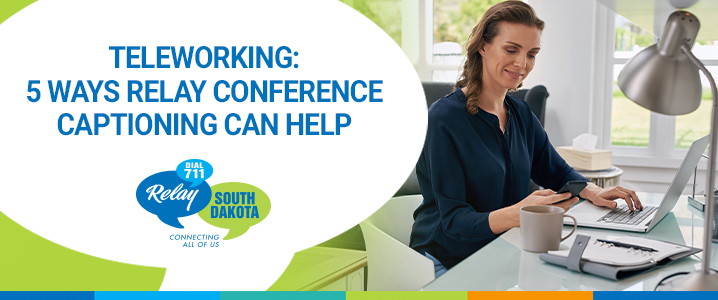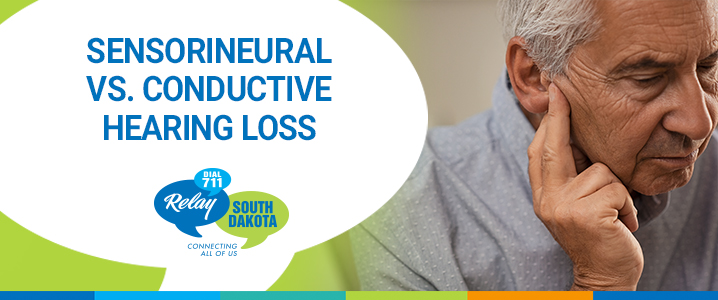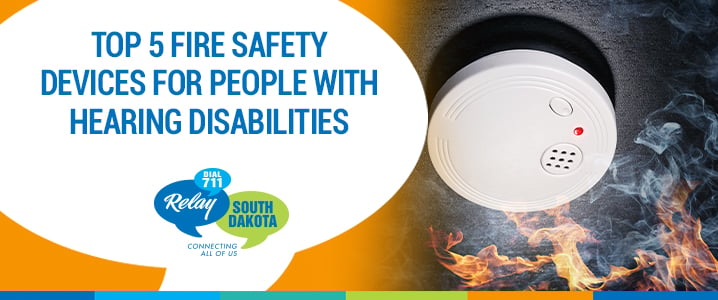
News
Improving the Classroom Experience for Hard of Hearing Students

This has already been a tough year for students and teachers, but as school doors open this fall and winter, they may experience more challenges than ever before. This is surely true for students with hearing loss… and for teachers that are new to accommodating these students. Teachers of course embrace the responsibility to teach every single student in the classroom. While students who are deaf or hard-of-hearing may require accommodations to learn effectively, it’s up to the instructors and teachers to ensure proper schooling.
Read the articleTeleworking: 5 Ways Relay Conference Captioning Can Help

We’re living in fast times. During the 21st century, there have been tremendous strides made in communication technologies. Because of these technologies, people can work remotely. When work can be performed from home or anywhere with a Wi-Fi or wireless signal, it is sometimes expected. Knowing the ins and outs of conference captioning can make telework easier and accessible.
Read the articleWhat is Relay South Dakota?

The goal of Relay South Dakota is to help people who are deaf, are hard of hearing, are deaf-blind or have a speech disability to be a part of the conversation in an easy-to-use, affordable manner.
Read the articleSensorineural vs Conductive Hearing Loss

Even though hearing loss affects everyone differently and can be caused by many different reasons, there are two types of hearing loss that you need to know about: sensorineural and conductive. Understanding the differences between these two types can help you better understand your health and treatment options.
Read the articleDay in the Life: Relay Communication Assistant (CA)

Communication Assistants, otherwise known as “CAs”, bring people together – literally! These hard-working professionals put the “relay” in Relay Services, acting as the vital telephone accessibility link for deaf, hard of hearing, deaf-blind, low vision, or speech-disabled Americans. While their work is necessarily invisible, the people behind the onscreen characters stand out for their unwavering commitment, dedication and reliability.
Read the articleHearing Loss Denial Can Hurt Relationships

Communication, verbal or non-verbal, is at the heart of every relationship we have. From a simple smile to sharing a story, nothing binds us together like conversation – and nothing keeps us connected like sharing time with family and friends. But for many of us, age-related hearing loss can lead to unintended rifts that start small and snowball into bigger issues over time.
Read the articleHistory of Relay Service in America

Today’s Telecommunication Relay Service allows those with hearing loss the opportunity to use the telephone… but that wasn’t always the case. The invention of the telephone in the 19th century was a modern marvel, yet people with hearing loss couldn’t take advantage of this exciting new technology for nearly 90 more years. Thankfully, we’ve come a long way.
Read the articleStay Connected with Remote Conference Captioning

Teamwork makes the dream work – especially when it comes to business conference calls. Relay Conference Captioning (RCC) empowers deaf and hard-of-hearing professionals with real-time, streamed captioning during conference calls and webinars.
It’s a must-have collaboration and communication tool for today’s high-productivity workplace.
Read the articleWhat Is Listening Fatigue

Listening fatigue is a very real occurrence for many people, which affects both physical and cognitive areas. Listening fatigue comes from the extra amount of concentration used when following along with a conversation. Continuous listening takes a lot of attention and energy. People tend to strain their brains whenever exerting a lot of effort and energy toward one thing. This is even more exemplified for people with hearing loss.
That’s why understanding and treating listening fatigue for people with hearing loss could be life-changing.
Read the articleTop 5 Fire Safety Devices for People with Hearing Loss

A fire can start anywhere, anytime. In fact, residential fires occur more frequently in the colder months. And according to the Federal Emergency Management Agency, 51% of all house fire deaths occur from 11pm to 7am when most people are asleep. Because a majority of fire alarms are auditory, people with hearing loss are more susceptible to the dangers of house fires – especially in the nighttime.
Prepare yourself by learning about the variety of smoke alarms and fire safety devices available for people with hearing loss.
Read the article
